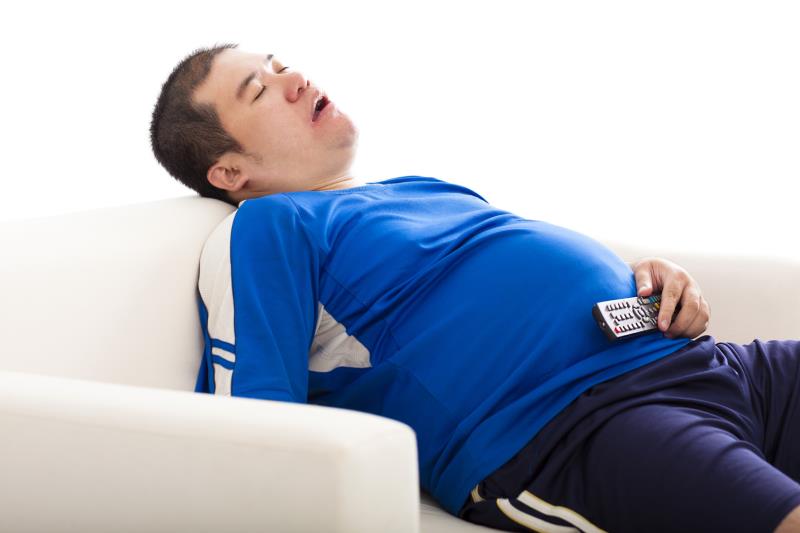
Mandibular access devices (MADs) alter nocturnal heart rate variability (HRV), demonstrating an effect on cardiac autonomic modulation, according to a recent study.
“However, the changes were observed only in the response group,” the researchers pointed out. “Therefore, HRV may be useful for determining the efficacy of MAD therapy in [obstructive sleep apnoea (OSA)].”
In 58 adult OSA patients, MAD resulted in significant polysomnography improvements. The hourly apnoea-hypopnoea index (AHI), for instance, significantly dropped from 41.0±20.1 at baseline to 19.6±17.1 after MAD treatment (p<0.001). Similar changes were reported for the hourly oxygen desaturation index, and apnoea and hypopnoea indices. [Sci Rep 2020;10:1030]
MAD likewise led to significant changes in HRV. The average normal-to-normal (NN) interval significantly jumped from 949.3±134.1 ms at baseline to 988.4±127.0 ms at follow-up (p=0.001); its standard deviation showed the opposite trend (96.8±32.6 to 87.4±26.8 ms; p=0.042). Similar improvements were reported in the frequency domain values.
However, subgroup analysis found that only 34 participants showed substantial response to MAD treatment and showed significant HRV differences relative to the remaining 24. The NN interval significantly increased in the response group (947.7±152.0 to 998.9±140.0 ms; p=0.003), but not in the nonresponders (951.8±106.6 to 973.6±107.2 ms; p=0.111).
Frequency domain values were likewise differentially affected by MAD in the responders vs nonresponders. Total (p=0.007), low-frequency (p=0.004) and very low frequency (p=0.01) power all significantly decreased in the response group, but not in nonresponders. High-frequency power in normalized units also increased significantly only in responders (p=0.015).
Adjusting for covariates such as age, sex and body mass index, the group differences in total and low-frequency power remained statistically significant.
Researchers then classified patients according to treatment success, defined as a decrease in AHI by at least half and having a value of <10 per hour. Twenty-four participants satisfied this criterion. NN interval, as well as all frequency domain measures, except for the ratio between high- and low- frequency power, were significantly changed in the treatment success group.
“In conclusion, the present study showed that MAD treatment for OSA significantly changed cardiac autonomic modulation as represented by nocturnal HRV,” said the researchers, noting that several study limitations warrant consideration.
Such limitations include the diversity of definitions for treatment success, which may lead to discrepancies in results relative to other studies. Selection bias could also not be ruled out, as patients who experienced better outcomes were more likely to participate in follow-ups. Future prospective studies are needed to confirm the present findings.
“HRV is easier and less expensive to evaluate than polysomnography. The final model of our study showed that the total power and low-frequency power significantly changed in the response group compared to those in the nonresponse group after adjusting for age, sex and body mass index,” the researchers said.